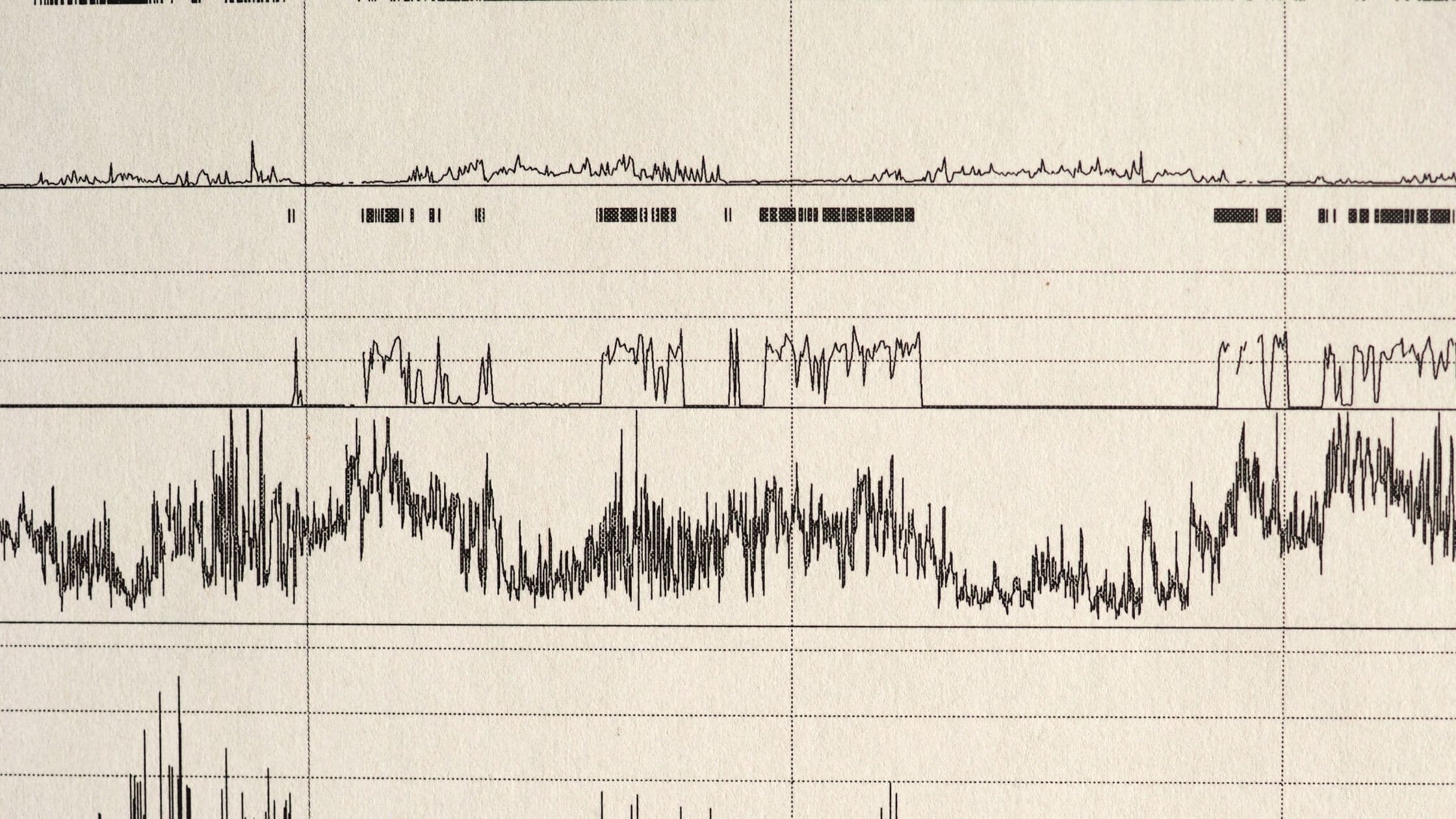Polysomnogram: A Window into Your Sleep – Not a Test with Symptoms
A polysomnogram (PSG) is a multi-faceted sleep study that doesn't produce symptoms itself. Instead, it records various physiological activities during sleep to diagnose potential sleep disorders. Here, we'll delve into the data points a polysomnogram collects, offering valuable insights into your sleep patterns and potential underlying issues.

Unveiling the Night: What a Polysomnogram Records
During a polysomnogram, you'll typically spend the night in a sleep lab, where technicians will monitor and record the following:
- Brainwaves (EEG): Electrodes placed on your scalp measure electrical activity in your brain, indicating sleep stages (wakefulness, light sleep, deep sleep, REM sleep).
- Eye Movements (EOG): Electrodes placed near your eyes track eye movements, helping differentiate between sleep stages, particularly REM sleep when rapid eye movements occur.
- Muscle Activity (EMG): Electrodes placed on your chin and legs measure muscle activity, which can be helpful in identifying sleep disorders like restless legs syndrome (RLS).
- Respiratory Effort: Straps placed around your chest and abdomen monitor your breathing patterns, detecting potential issues like sleep apnea where breathing pauses or becomes shallow during sleep.
- Blood Oxygen Levels (Pulse Oximetry): A sensor placed on your fingertip measures the oxygen saturation in your blood, which can decrease during apneic events.
- Electrocardiogram (ECG): Electrodes placed on your chest record your heart rhythm, allowing for detection of heart rhythm abnormalities that might occur during sleep.
- Body Position: Sensors or video monitoring might be used to track your body position throughout the night, which can be relevant for certain sleep disorders like positional sleep apnea.
Understanding the Data: What the Recordings Reveal
The collected data from a polysomnogram paints a comprehensive picture of your sleep:
- Sleep Architecture: The PSG reveals the time spent in each sleep stage (wakefulness, light sleep, deep sleep, REM sleep), helping identify potential abnormalities in your sleep cycle.
- Sleep Fragmentation: The study can detect frequent awakenings or arousals from sleep, even if you're not consciously aware of them.
- Respiratory Events: The PSG helps diagnose sleep apnea by recording the frequency and severity of apneas (cessation of breathing) and hypopneas (shallow breathing episodes) during sleep.
- Oxygen Desaturation: The study can reveal drops in blood oxygen levels that occur during apneic events, a hallmark of sleep apnea.
- Periodic Limb Movement Disorder (PLMD): The PSG can detect involuntary leg movements during sleep, which can disrupt sleep quality.
- Other Sleep Disorders: The data can be used to diagnose other sleep disorders like narcolepsy, which can cause excessive daytime sleepiness, or REM sleep behavior disorder, where a person acts out their dreams.
It's Important to Note: A polysomnogram is a valuable tool for diagnosing sleep disorders, but it doesn't cause any symptoms itself. The test might involve some minor inconveniences like attaching electrodes and sensors, but it shouldn't be uncomfortable or produce any physical symptoms.
Talking to Your Doctor: If you suspect you have a sleep disorder, discuss your concerns with your doctor. They can determine if a polysomnogram is necessary for diagnosis and guide you through the sleep study process.